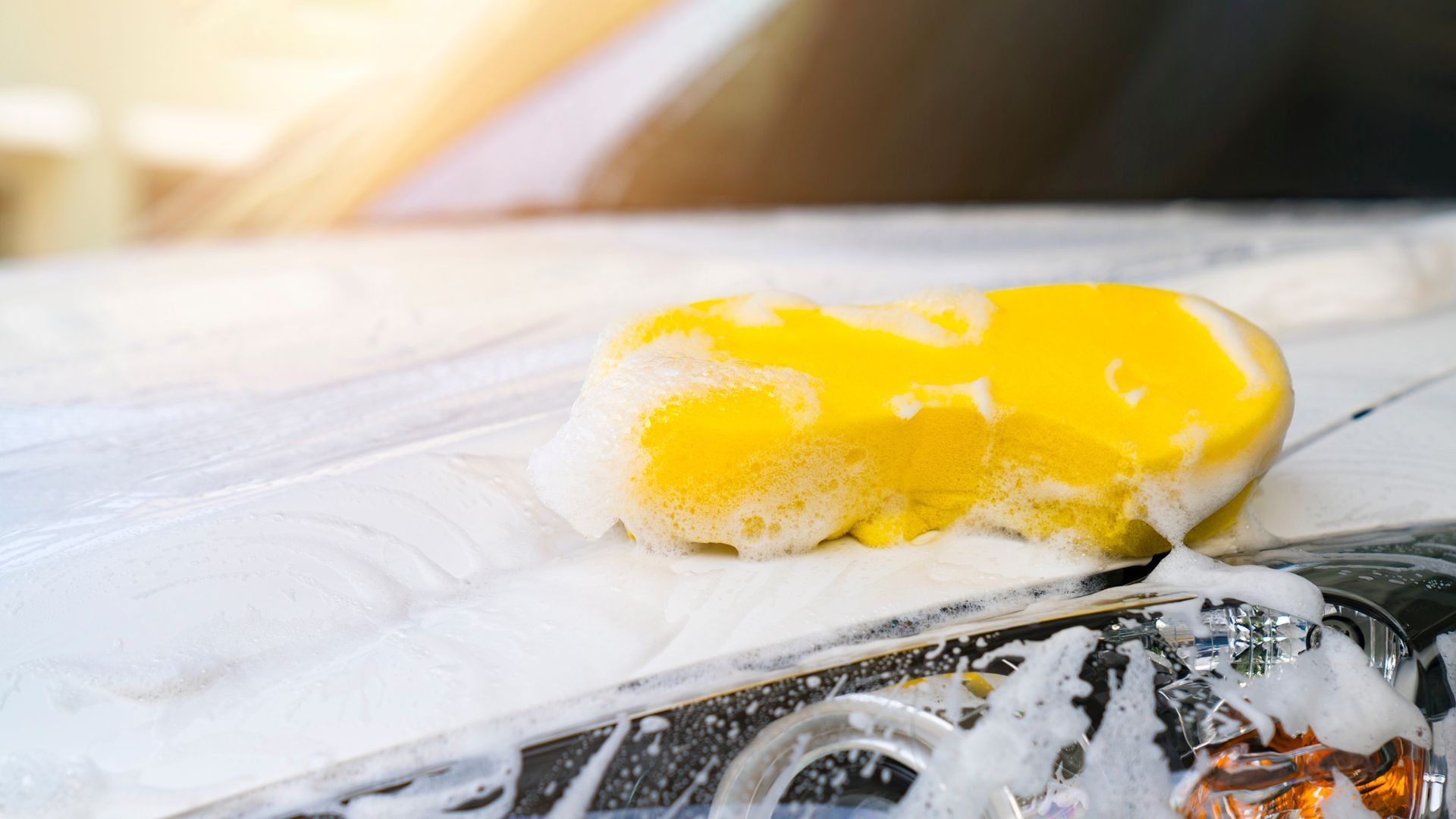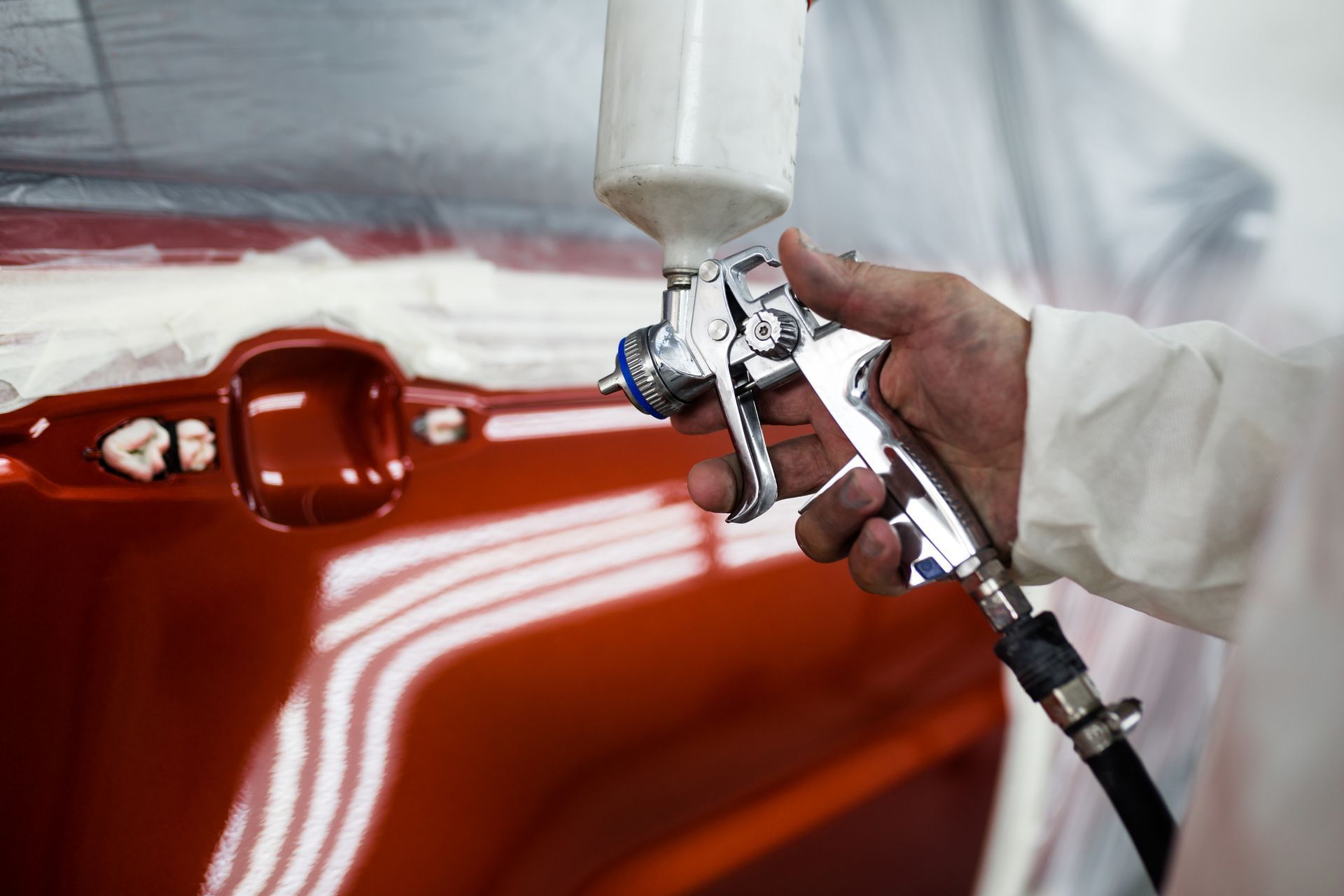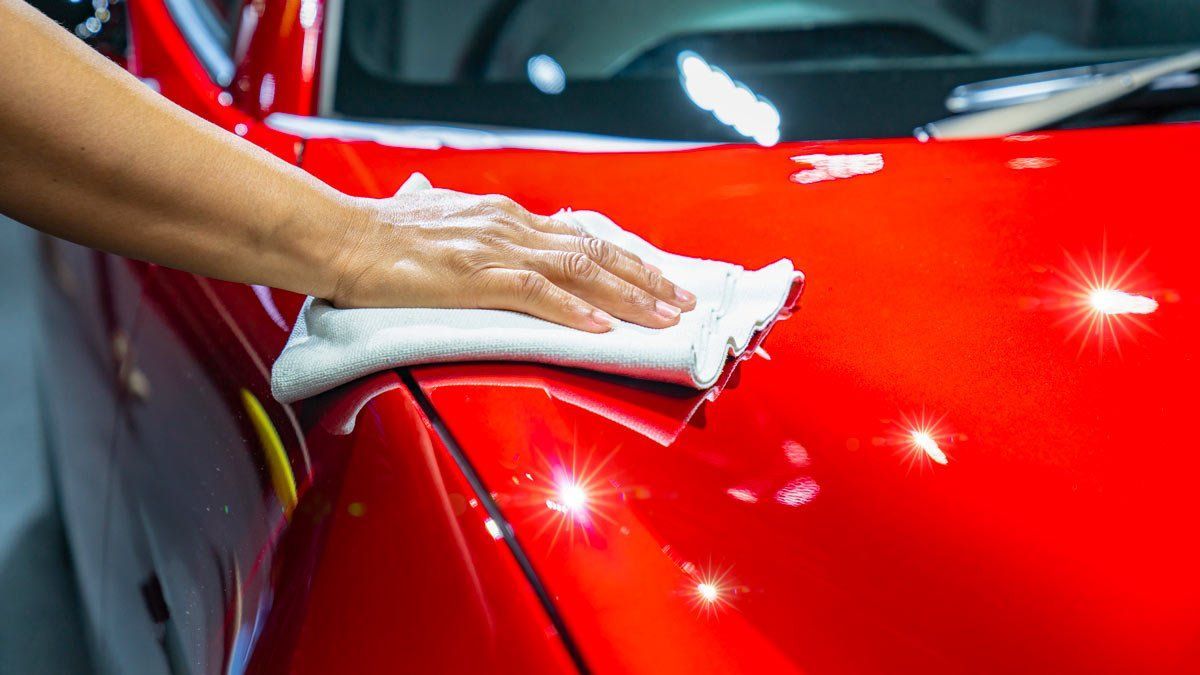4 Threats to Your Car's Cabin Materials
When you consider some ways to keep your car looking beautiful for many years to come, think about the interior as well as the exterior. Car cabins take a lot of abuse, not only from spills and other abuse by occupants but also from natural environmental conditions.
Keep reading to learn why you should watch out for the following four threats to your car's cabin materials.
1. Heat
The inside of your parked car can act like an oven when summer heat pours through the windshield and windows, especially if you leave the windows rolled all the way up. The intense cabin heat can have a drying effect on leather, plastic, and vinyl, causing seat and dashboard materials to crack.
You can reduce the effect of this heat on your car upholstery by cracking the windows, which encourages air circulation and allows some of the interior heat to escape. Additionally, park in the shade whenever possible, using a reflective sun visor for thermal insulation when you must park in direct sunlight.
Cabin heat can also melt many objects sitting on your car's upholstery. While you can't necessarily alleviate this problem by cracking a window, you can and should remove any items that might soften and adhere to fabric, vinyl, or leather. Examples include toys and art supplies, such as pastels or crayons.
A lighter left in a hot car can also pose a potential fire hazard. As the temperatures rise, the flammable chemicals inside the lighter expand. This expansion can lead to an explosion in exceptionally hot weather, potentially causing extensive damage to the upholstery and other cabin components.
2. Ultraviolet Radiation
The sun's rays don't just flood your car's cabin with heat; they also expose it to ultraviolet (UV) radiation. UV rays tend to fade the pigments in fabrics, leather, and other car cabin materials. It can also damage the weatherstripping around doors and windows, raising the risk of water and mold damage to your car's interior.
If you worry about the effects of UV rays on your car's interior, give serious thought to having your windows tinted. Window tint films naturally block UV rays, no matter how light or dark a tint level you choose. Luckily, a front windshield made of laminated safety glass already has built-in UV protection.
3. Abrasion
Cabin upholstery experiences countless brushes with abrasive objects and substances. Key rings suspended from occupants' belts, for instance, can scratch seat surfaces every time the occupants get into or out of the vehicle. Abrasive cleansers can also do damage. Even the wood pulp in a paper towel can harm leather seats.
Develop the habit of detaching any sharp-edged belt accessories before you get into your car. Additionally, if you need to wipe up a spill or stain, use a soft cloth (or a wipe specifically designed for the surface material in question) instead of a paper towel. Better yet, let your auto body professionals administer periodic interior detailing.
4. Food and Drinks
Food and drinks can damage your car's cabin in multiple ways. Juice, soda, coffee, and colored food products can leave stubborn stains on upholstery and carpeting. Sticky foods and beverages can attract dirt, which occupants' bodies then grind into the cabin materials. This can potentially cause abrasion and make stains harder to remove.
While you may not want to completely restrict people from eating or drinking in your car, you can make the habit less threatening to your interior. Consider investing in seat covers and heavy-duty floor mats to protect these surfaces against spills, soil, and food debris. Even towels placed on the seats can help protect upholstery.
Don't let UV exposure, heat, food, or moisture spoil your car's interior. Grand Prix Car Wash can perform a thorough detailing job to restore your car cabin's comfort and attractiveness while also cleaning and protecting your vehicle's exterior.
Contact us
today.



